1. Gibbons SGT, Comerford MJ. 2001; Strength versus stability part I: concept and terms. Orthopaedic Division Review. 43:21–7.
2. Comerford MJ, Mottram SL. 2001; Movement and stability dysfunction--contemporary developments. Man Ther. 6:15–26. DOI:
10.1054/math.2000.0388. PMID:
11243905.
3. Goel VK, Kong W, Han JS, Weinstein JN, Gilbertson LG. 1993; A combined finite element and optimization investigation of lumbar spine mechanics with and without muscles. Spine (Phila Pa 1976). 18:1531–41. DOI:
10.1097/00007632-199318110-00019. PMID:
8235826.

4. Macintosh JE, Valencia F, Bogduk N, Munro RR. 1986; The morphology of the human lumbar multifidus. Clin Biomech (Bristol, Avon). 1:196–204. DOI:
10.1016/0268-0033(86)90146-4.

5. Hansen L, de Zee M, Rasmussen J, Andersen TB, Wong C, Simonsen EB. 2006; Anatomy and biomechanics of the back muscles in the lumbar spine with reference to biomechanical modeling. Spine (Phila Pa 1976). 31:1888–99. DOI:
10.1097/01.brs.0000229232.66090.58. PMID:
16924205.

6. Rosatelli AL, Ravichandiran K, Agur AM. 2008; Three-dimensional study of the musculotendinous architecture of lumbar multifidus and its functional implications. Clin Anat. 21:539–46. DOI:
10.1002/ca.20659. PMID:
18627104.

7. Bogduk N. 1980; A reappraisal of the anatomy of the human lumbar erector spinae. J Anat. 131(Pt 3):525–40.
8. Bustami FM. 1986; A new description of the lumbar erector spinae muscle in man. J Anat. 144:81–91.
9. Schiaffino S, Reggiani C. 1996; Molecular diversity of myofibrillar proteins: gene regulation and functional significance. Physiol Rev. 76:371–423. DOI:
10.1152/physrev.1996.76.2.371. PMID:
8618961.

10. Caiozzo VJ. 2002; Plasticity of skeletal muscle phenotype: mechanical consequences. Muscle Nerve. 26:740–68. DOI:
10.1002/mus.10271. PMID:
12451599.

11. Scott W, Stevens J, Binder-Macleod SA. 2001; Human skeletal muscle fiber type classifications. Phys Ther. 81:1810–6. DOI:
10.1093/ptj/81.11.1810. PMID:
11694174.

12. Jørgensen K, Nicholaisen T, Kato M. 1993; Muscle fiber distribution, capillary density, and enzymatic activities in the lumbar paravertebral muscles of young men. Significance for isometric endurance. Spine (Phila Pa 1976). 18:1439–50. DOI:
10.1097/00007632-199318110-00007.
13. Rantanen J, Rissanen A, Kalimo H. 1994; Lumbar muscle fiber size and type distribution in normal subjects. Eur Spine J. 3:331–5. DOI:
10.1007/BF02200146. PMID:
7532536.

15. Agten A, Verbrugghe J, Stevens S, Boomgaert L, O Eijnde B, Timmermans A, Vandenabeele F. 2018; Feasibility, accuracy and safety of a percutaneous fine-needle biopsy technique to obtain qualitative muscle samples of the lumbar multifidus and erector spinae muscle in persons with low back pain. J Anat. 233:542–51. DOI:
10.1111/joa.12867. PMID:
30033540.

16. Bloemberg D, Quadrilatero J. 2012; Rapid determination of myosin heavy chain expression in rat, mouse, and human skeletal muscle using multicolor immunofluorescence analysis. PLoS One. 7:e35273. DOI:
10.1371/journal.pone.0035273. PMID:
22530000. PMCID:
PMC3329435.

17. Mannion AF, Dumas GA, Cooper RG, Espinosa FJ, Faris MW, Stevenson JM. 1997; Muscle fibre size and type distribution in thoracic and lumbar regions of erector spinae in healthy subjects without low back pain: normal values and sex differences. J Anat. 190(Pt 4):505–13. DOI:
10.1046/j.1469-7580.1997.19040505.x. PMID:
9183674. PMCID:
PMC1467636.

18. Ceglia L, Niramitmahapanya S, Price LL, Harris SS, Fielding RA, Dawson-Hughes B. 2013; An evaluation of the reliability of muscle fiber cross-sectional area and fiber number measurements in rat skeletal muscle. Biol Proced Online. 15:6. DOI:
10.1186/1480-9222-15-6. PMID:
23497012. PMCID:
PMC3599694.

19. Cicchetti DV. 1994; Guidelines, criteria, and rules of thumb for evaluating normed and standardized assessment instruments in psychology. Psychol Assess. 6:284–90. DOI:
10.1037/1040-3590.6.4.284.

20. Hesse B, Fröber R, Fischer MS, Schilling N. 2013; Functional differentiation of the human lumbar perivertebral musculature revisited by means of muscle fibre type composition. Ann Anat. 195:570–80. DOI:
10.1016/j.aanat.2013.07.003. PMID:
24028860.

21. Sirca A, Kostevc V. 1985; The fibre type composition of thoracic and lumbar paravertebral muscles in man. J Anat. 141:131–7. PMID:
2934358. PMCID:
PMC1166395.
22. Ehrenfellner B, Zissler A, Steinbacher P, Monticelli FC, Pittner S. 2017; Are animal models predictive for human postmortem muscle protein degradation? Int J Legal Med. 131:1615–21. DOI:
10.1007/s00414-017-1643-1. PMID:
28721468. PMCID:
PMC5635072.

23. MacDonald DA, Moseley GL, Hodges PW. 2006; The lumbar multifidus: does the evidence support clinical beliefs? Man Ther. 11:254–63. DOI:
10.1016/j.math.2006.02.004. PMID:
16716640.

24. Ward SR, Tomiya A, Regev GJ, Thacker BE, Benzl RC, Kim CW, Lieber RL. 2009; Passive mechanical properties of the lumbar multifidus muscle support its role as a stabilizer. J Biomech. 42:1384–9. DOI:
10.1016/j.jbiomech.2008.09.042. PMID:
19457491. PMCID:
PMC2752430.

25. Stark H, Fröber R, Schilling N. 2013; Intramuscular architecture of the autochthonous back muscles in humans. J Anat. 222:214–22. DOI:
10.1111/joa.12005. PMID:
23121477. PMCID:
PMC3632226.

26. Loeb EP, Giszter SF, Saltiel P, Bizzi E, Mussa-Ivaldi FA. 2000; Output units of motor behavior: an experimental and modeling study. J Cogn Neurosci. 12:78–97. DOI:
10.1162/08989290051137611. PMID:
10769307.

27. Amonoo-Kuofi HS. 1983; The density of muscle spindles in the medial, intermediate and lateral columns of human intrinsic postvertebral muscles. J Anat. 136(Pt 3):509–19.
28. Botterman BR, Binder MD, Stuart DG. 1978; Functional anatomy of the association between motor units and muscle receptors. Am Zool. 18:135–52. DOI:
10.1093/icb/18.1.135.

29. Tsao H, Danneels L, Hodges PW. 2011; Individual fascicles of the paraspinal muscles are activated by discrete cortical networks in humans. Clin Neurophysiol. 122:1580–7. DOI:
10.1016/j.clinph.2011.01.048. PMID:
21377923.

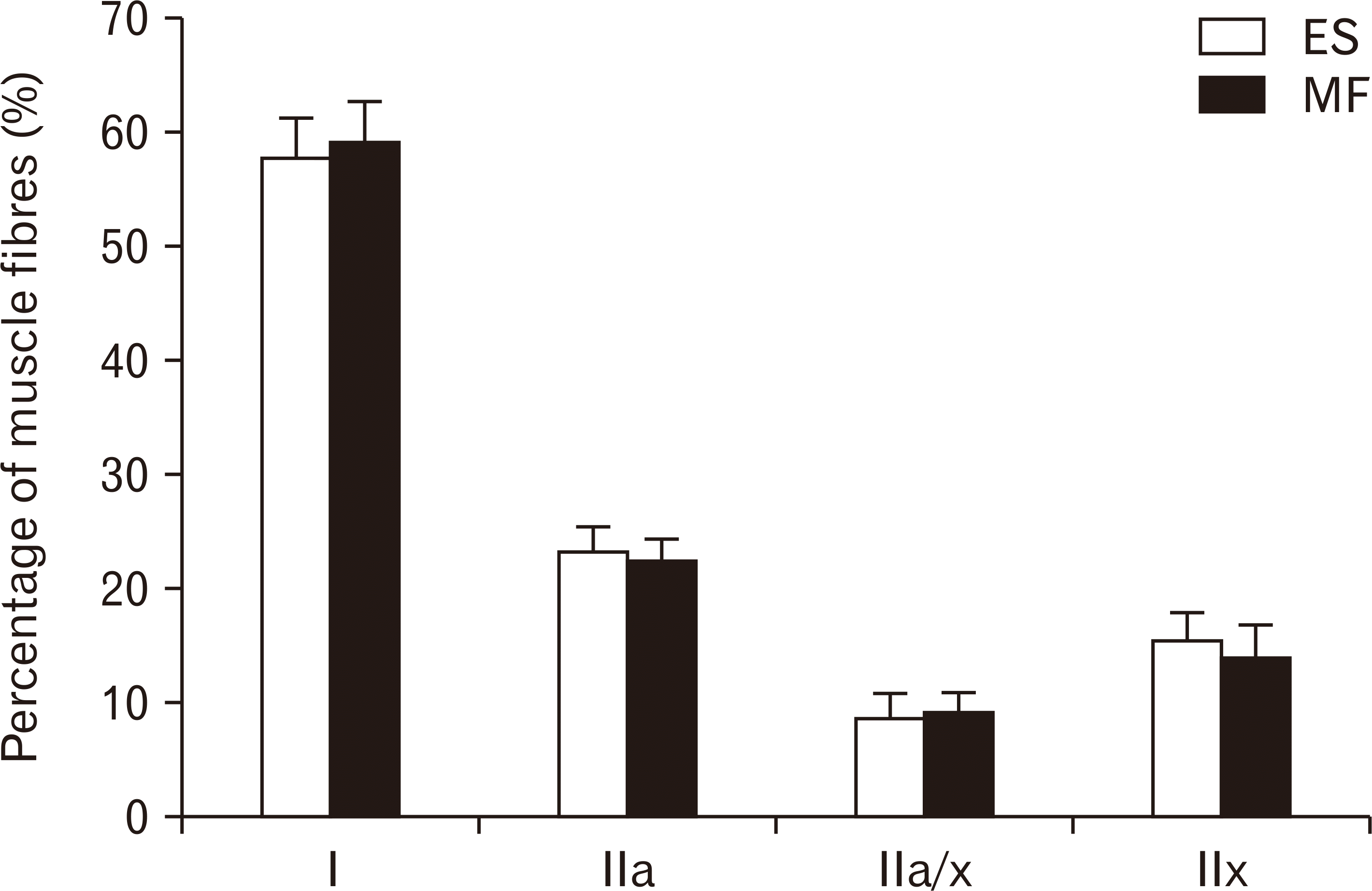




 PDF
PDF Citation
Citation Print
Print



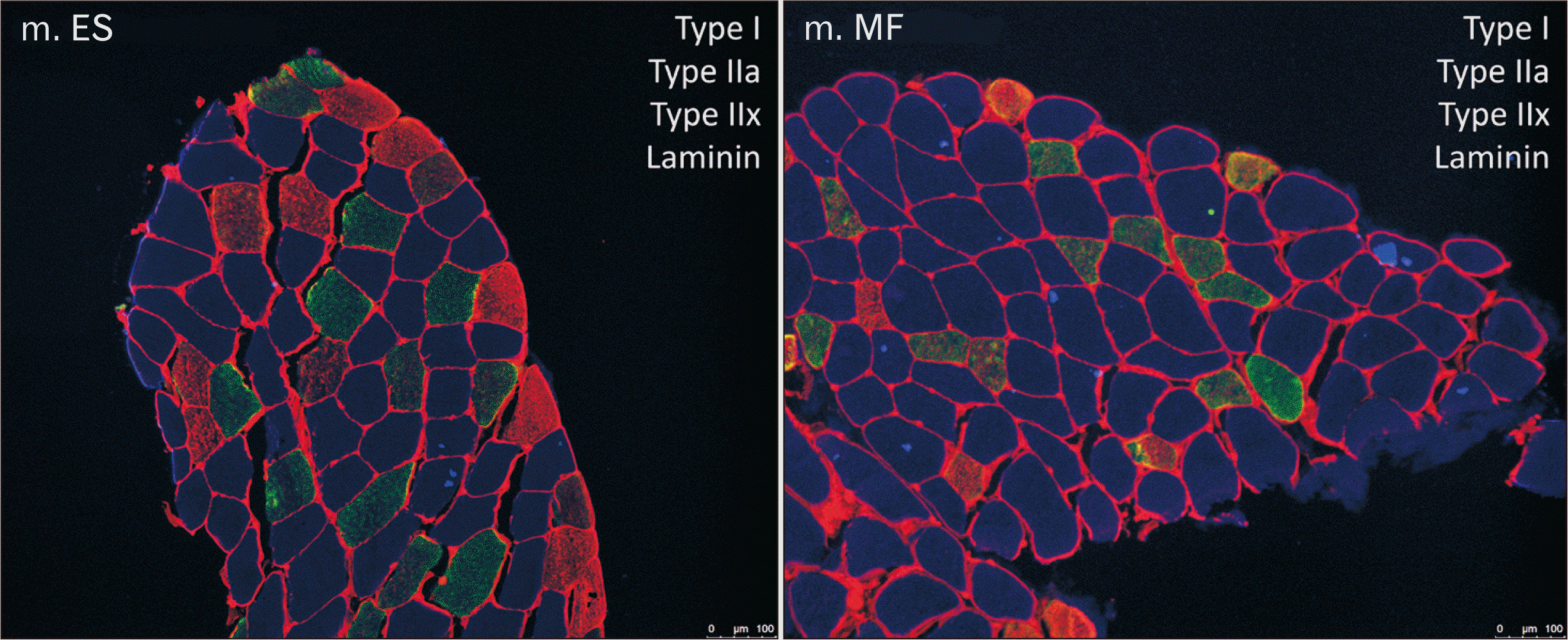
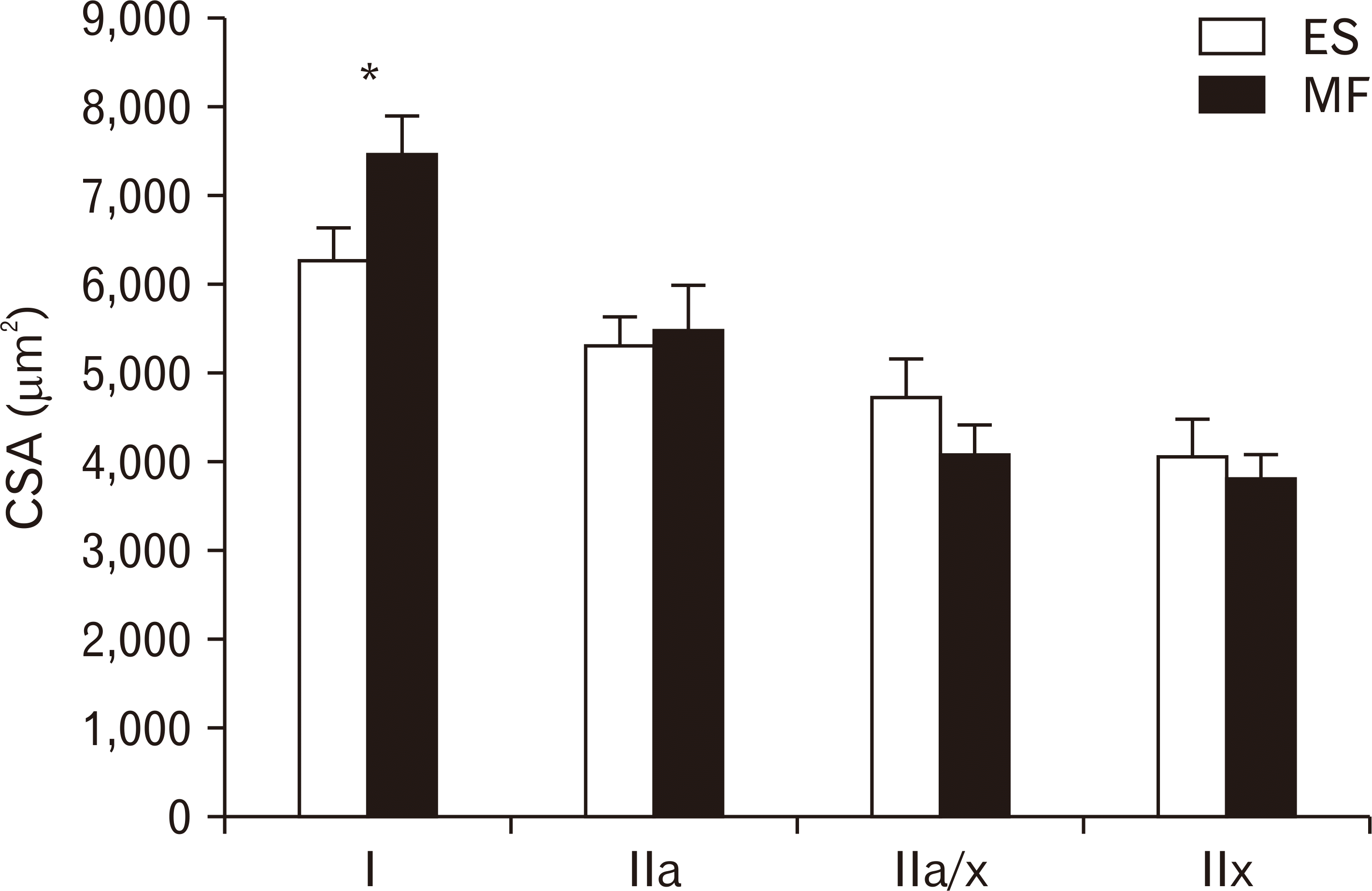
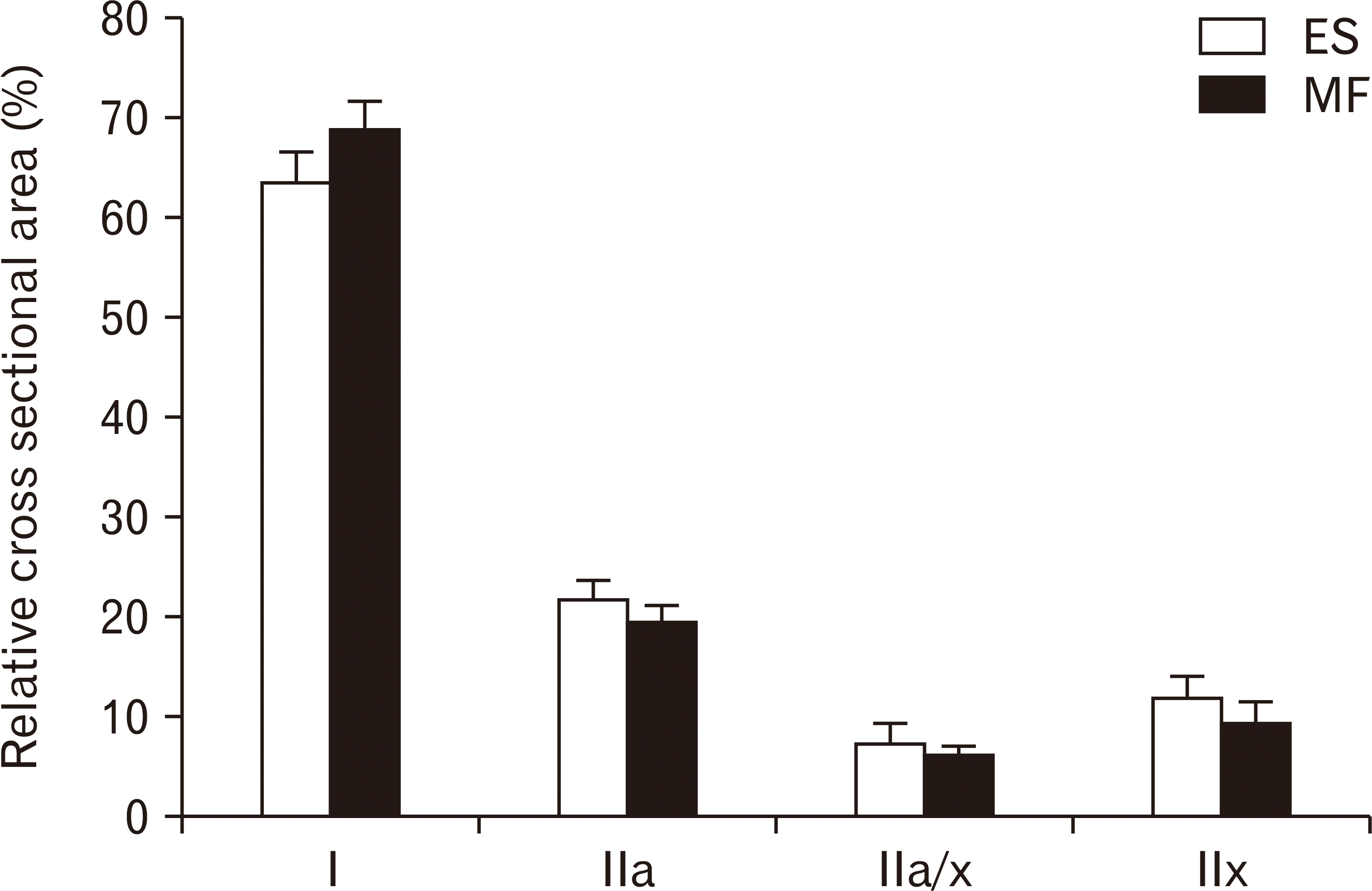
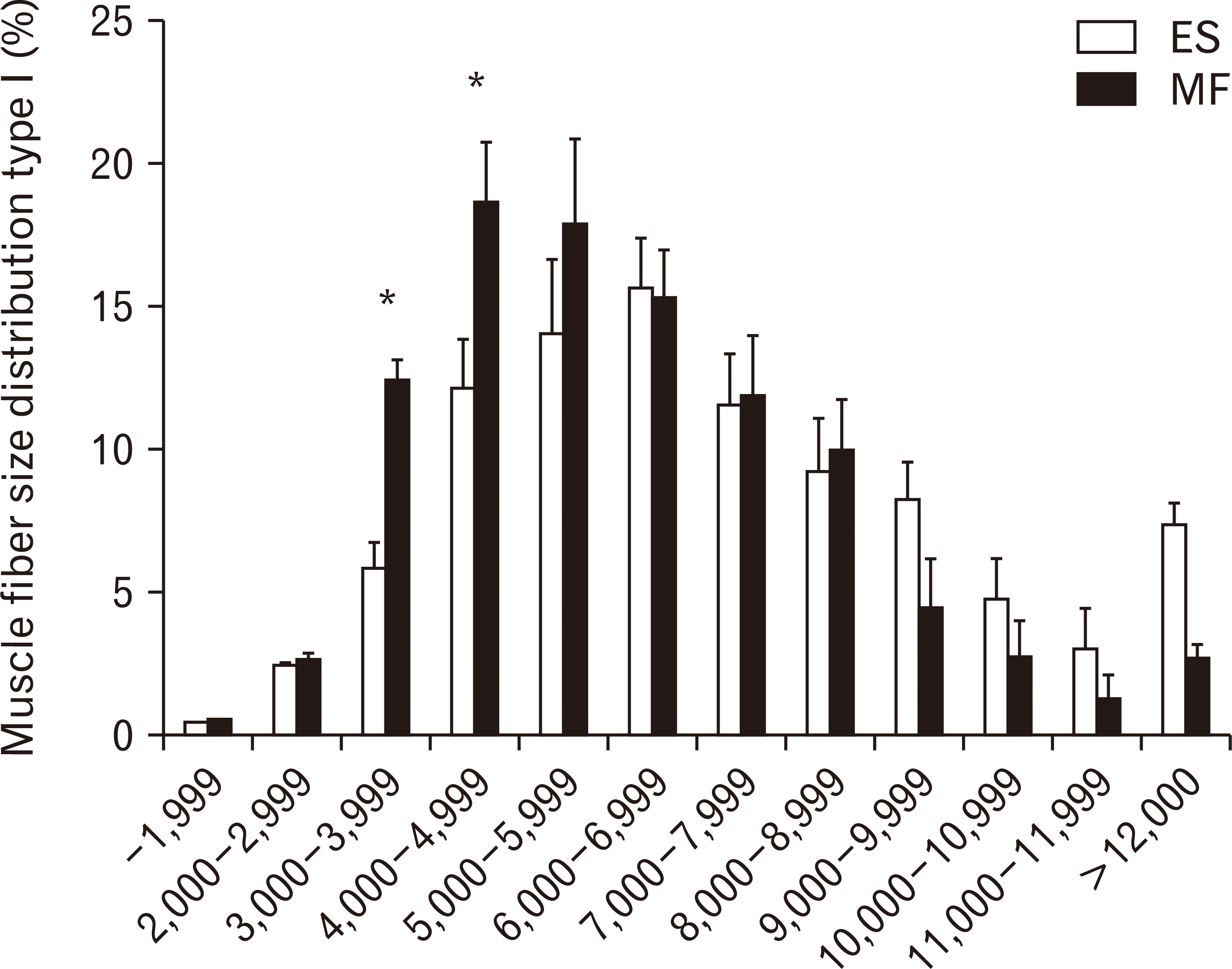
 XML Download
XML Download